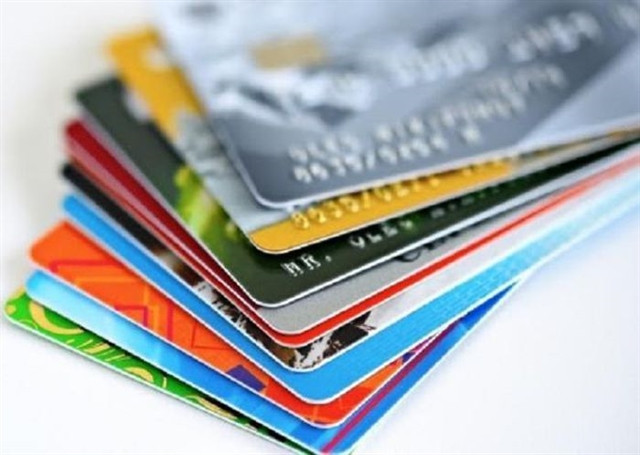Currently, local banks issue both chip and magnetic strip cards.
The draft regulation aims to help meet the country’s approved roadmap ofreplacing all current magnetic strip cards with chip cards by December 31,2021. The chip cards are compatible with EMV standards as well as the standardsof international card organisations such as Visa, MasterCard, JCB and UnionPay.
International card-issuing organisations have asked Vietnamese banks to switchto chip cards that meet EMV standards to increase safety amidst a growingnumber of information thefts. Security experts have also warned Vietnam’sdelayed transition to chip technology could put the country at risk of becominga haven for card criminals from around the world as it is among the dwindlingnumber of countries where magnetic swipe cards are still prevalent.
As of the end of the third quarter, Vietnam had about 93.78 million bank cardsin circulation, with the majority magnetic strip cards with weak securityfeatures and easily hacked.
Commercial banks are in the process of switching over to the new cards becauseof their stronger security features. However, some banks say the switch facesmultiple barriers. They will have to upgrade their technology and replace ATMsand POS terminals with newer ones compatible with chip cards.
According to banks, issuing a chip card can cost some 1.50-2.50 USD, meaningthey will have to spend between 105 million USD and 175 million USD for thetransition, in addition to the cost of upgrading ATMs and core banking systemsto adapt to the change.
Besides ensuring greater payment security, the replacement is also among thecentral bank’s plans to promote non-cash payment methods. Under theGovernment’s strategy, by the end of 2025, at least 80 percent of adults in Vietnamare hoped to have bank accounts and the number of non-cash transactions willexpand by 20-25 percent annually./.




























